2024 ISPL Booklet: Speakers, Paper Abstracts and Poster Abstracts.
View the booklet PDF
View the booklet addendum
Session 1: Fatty acids and glycerolipids: biosynthesis, modification, biosynthetic evolution
Michael Burkart
University of California, San Diego

Mike Burkart is professor and chair of chemistry and biochemistry at University of California San Diego. Originally from Texas, he received his B.A. in Chemistry from Rice University and Ph.D. from the Scripps Research Institute. Following postdoctoral studies at Harvard, he initiated his own research group at UC San Diego in 2002. His research includes natural product biosynthesis and development, spanning fundamental enzymology / structural biology to drug development and renewable chemicals. He is a co-founder of startup companies Algenesis Materials and Aspera Biomedicines.
Synopsis:
The modular metabolic pathways encoding fatty acid, non-ribosomal peptide, and polyketide synthases offer a glimpse of how evolution of an iterative multienzyme pathway can diverge into the rich pharmacopeia of secondary natural products. While their basic mechanisms have been understood for decades, the molecular details of structure and catalysis have remained largely uncharted. We have developed a set of chemical biology tools that has allowed elucidation of the complex interactions within carrier protein-dependent synthases, beginning with the E. coli fatty acid synthase and expanding beyond into other bacteria and into secondary metabolism.
Session 2: Extra-plastidic membrane lipids: phospholipids, sterols, sphingolipids
Nan Yao
Sun Yat-sen University

Nan Yao received her B.A. from Beijing Agriculture University (China) in 1988, and studied at Kobe University, Japan (M.S. and Ph.D.) in plant pathology under the mentorship of Dr. Shigeyuki Mayama. While a graduate student, she characterized morphological features of apoptotic cell death in an oat-victorin system. She began her research on mechanisms of plant programmed cell death while a post-doctoral fellow with Dr. Jean Greenberg at University of Chicago in 2002. There, she contributed to the understanding of cell death related proteins using Arabidopsis as a model system. Dr. Yao joined the faculty of School of Life Science, Sun Yat-sen University in Guangzhou, China, at the end of year of 2005. Yao’s laboratory focuses on metabolism and roles of plant sphingolipids important for programmed cell death and abiotic and biotic stresses.
Synopsis:
Yao will present recent progress regarding sphingolipid metabolism impacts the endogenous circadian rhythm and discovery a systemic signal that enhances de novo sphingolipid biosynthesis and leads to sphingolipid-dependent cell death in Arabidopsis distal leaves.
Session 3: Plastidic lipids: glycolipids, phospholipids, isoprenoids
Christoph Benning
Michigan State University
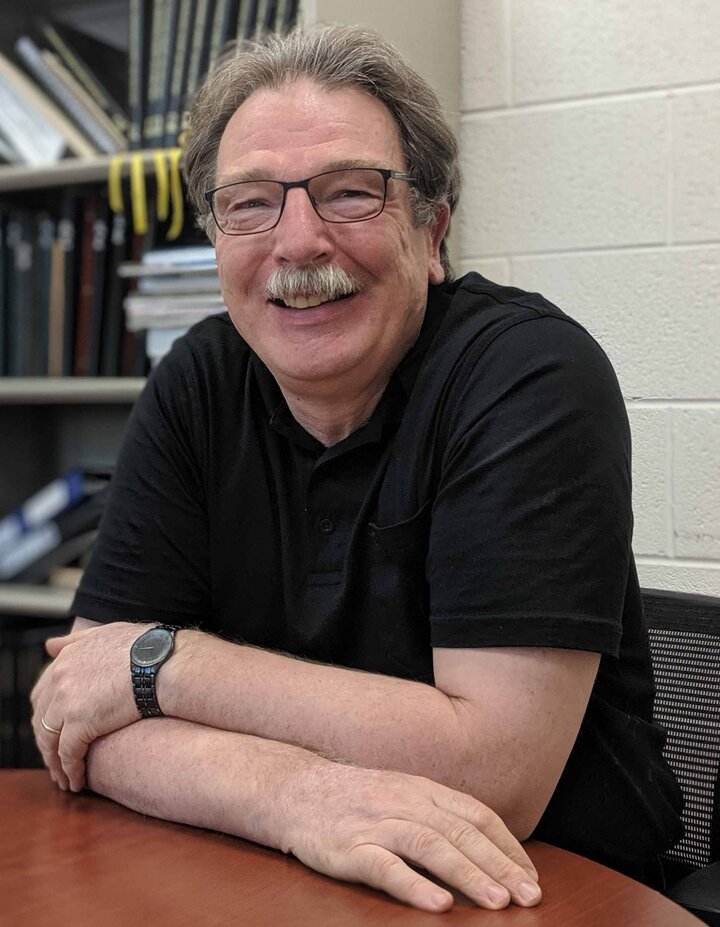
Christoph Benning has been working for over 30 years on different aspects of lipid metabolism in photosynthetic organisms. His Department of Energy Plant Research Laboratory discovered, and studies, proteins involved in the biosynthesis of polar lipids of the photosynthetic membrane, the exchange of membrane lipid precursors between the ER and the chloroplast envelope membranes and the respective contact sites, and proteins involved in lipid remodeling as adaption to abiotic stresses. His lab discovered a transcription factor governing the biosynthesis of storage lipids in plant embryos and used it for biotechnological applications. The Benning lab has also applied genomic and genetic approaches to identify key regulatory factors and enzymes required for triacylglycerol biosynthesis, lipid droplet formation, and lipid turnover in microalgae.
Chloroplast lipids as stress mitigators and sensors
Synopsis:
Whenever photosynthetic organisms are confronted with adverse conditions, the photosynthetic electron transport reactions can become imbalanced and consequently, toxic side products are formed mainly in the form of different reactive oxygen species (ROS). Aside from the proteins and pigments of the electron transport chain, the thylakoid membrane lipids are first to experience damaging effects of ROS. Thus, it seems reasonable to hypothesize that products of the reactions between ROS and membrane lipids and their turnover are sensed to adjust the rate of photosynthetic electron transport to current conditions. He will discuss work in progress to test this hypothesis.
Koichi Kobayashi
Osaka Metropolitan University
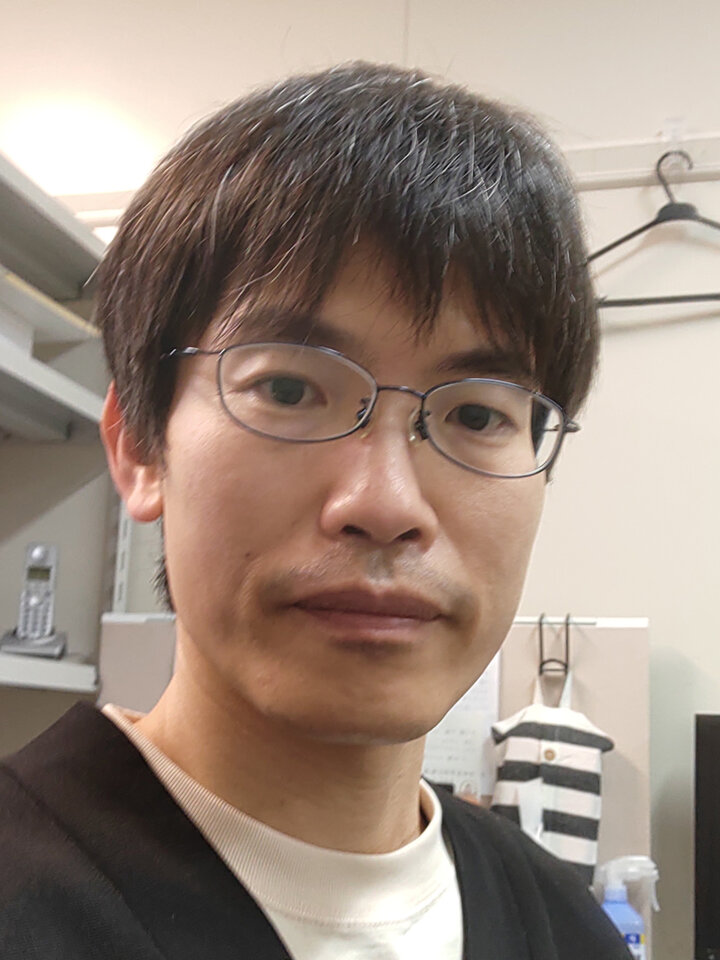
Koichi Kobayashi obtained his Ph.D. in 2007 from the Tokyo Institute of Technology under the mentorship of Prof. Hiroyuki Ohta, working on the roles of three isoforms of monogalactosyldiacylglycerol synthase in Arabidopsis thaliana. After two postdoc periods for studying the regulation of chlorophyll biosynthesis, he joined Prof. Hajime Wada’s research group at the University of Tokyo as an assistant professor and studied mainly the role of phosphatidylglycerol in plants and cyanobacteria. He is currently an associate professor at Osaka Metropolitan University and leads the Plant Physiology Laboratory in the Department of Biology, Graduate School of Science. His research group focuses on understanding the molecular mechanisms that regulate chloroplast development and photosynthesis in plants and is particularly interested in the involvement of thylakoid membrane lipids in the regulation.
Thylakoid biogenesis and photosynthetic activation driven by plastid lipid biosynthesis
Synopsis:
The lipid bilayer of thylakoid membranes of cyanobacteria and plant chloroplasts mainly consists of four lipid classes—monogalactosyldiacylglycerol, digalactosyldiacylglycerol, sulfoquinovosyldiacylglycerol, and phosphatidylglycerol. Besides providing the hydrophobic membrane matrix, these lipids function directly in photosynthesis as structural components of the several photosynthetic complexes including photosystem II and photosystem I. In plants, moreover, each lipid has specific roles in membrane-associated processes during the development of chloroplasts. Kobayashi will discuss how these lipids function in chlorophyll biosynthesis, thylakoid formation, and photosynthetic activation during chloroplast development, particularly focusing on the indispensable roles of phosphatidylglycerol in these processes.
Session 4: Trafficking of lipids within and among cells and tissues
Mike Henne
University of Texas Southwestern Medical Center
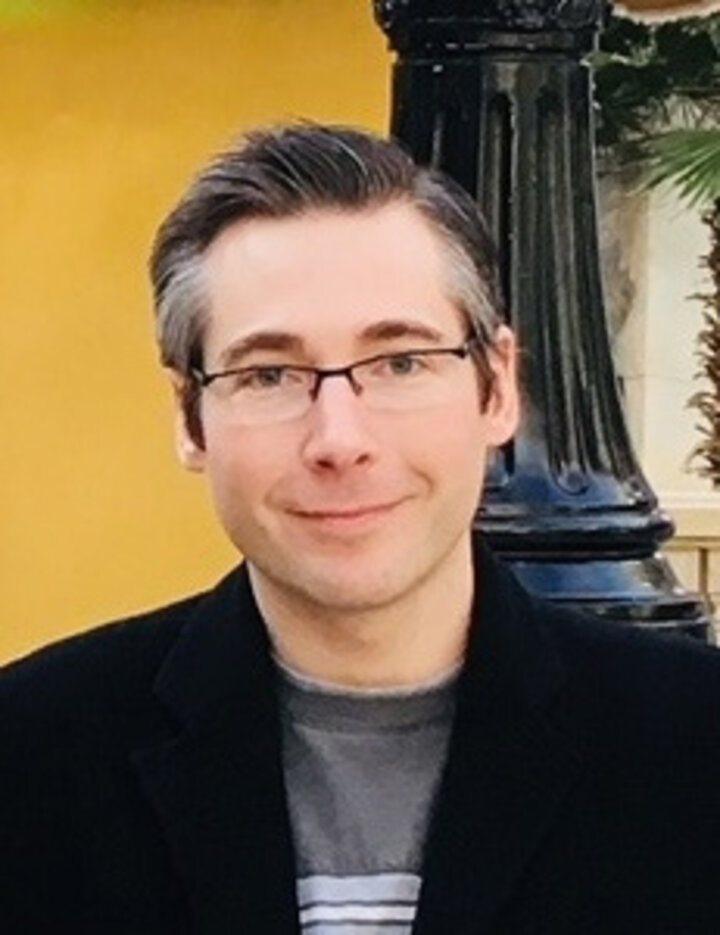
Dr. Henne is an associate professor and endowed scholar at UT Southwestern Medical Center. His lab studies lipid droplet functional diversity and the spatial organization of metabolism.
Synopsis:
The fruit fly Drosophila melanogaster stores lipids as fats in lipid droplets within the fat body, the adipose-hepatic hybrid tissue of insects. Although fat stores compose much of the biomass of Drosophila larvae, genetic depletion of these fat stores still permits larvae to grow, pupate, and become flies with almost no detectable fat deposits. Using genetic tools, proteomics profiling, and metabolomics, we dissect how these Drosophila rewire their metabolism to promote development in the absence of de novo lipogenesis and fat storage and identify new signaling molecules coordinating this metabolism rewiring.
Gerhard Liebisch
University Hospital of Regensburg
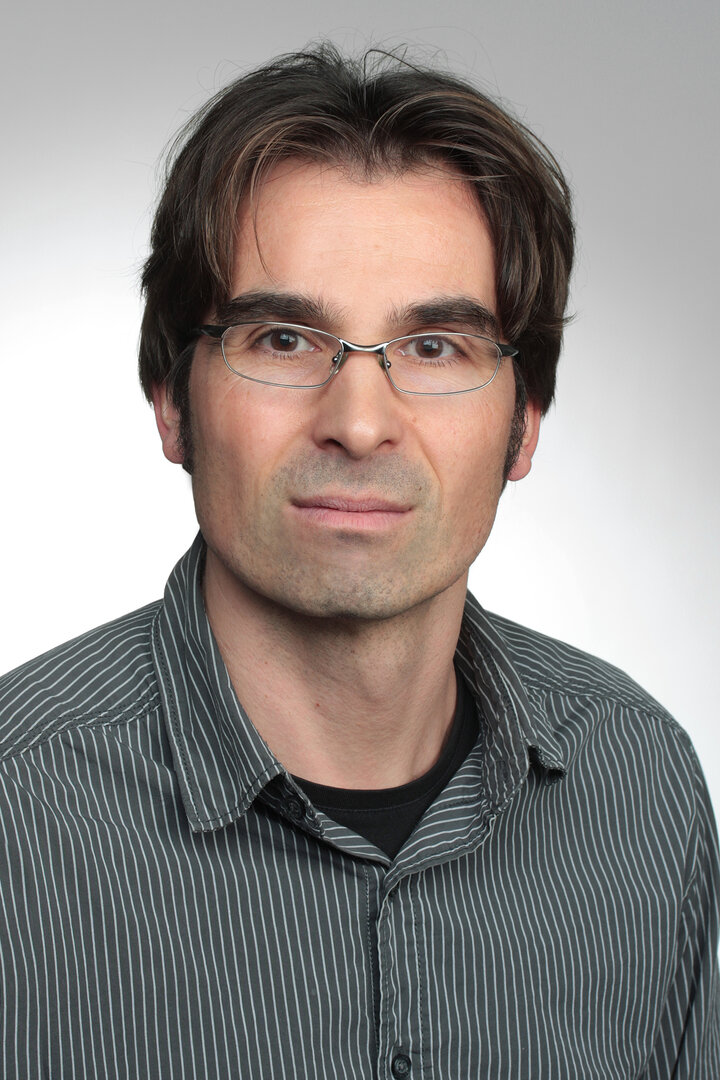
Gerhard Liebisch obtained his Ph.D. at the University of Regensburg. He is research associate at the Institute of Clinical Chemistry and Laboratory Medicine at the University Hospital of Regensburg and responsible for the instrumental analytics lab (https://lipidomics-regensburg.de/).
His research interests focus on the development of mass spectrometric methods for quantification of lipid species. For more than 20 years, these methods have been applied in large-scale clinical studies and basic research including the use of stable isotope labelled lipid(s)/-precursor to trace the transport and metabolism of lipids. He is a co-author of more than 250 papers in peer reviewed international journals, editorial board member of The Journal of Lipid Research.
He is a co-founder of the Lipidomics Standards Initiative and a board member in the International Lipidomics Society.
The lipidomics checklist: Current status
Synopsis:
This presentation will discuss the structure and rationale of the Lipidomics Minimal Reporting Checklist (https://lipidomicstandards.org/reporting_checklist/). The checklist is a web-based questionnaire based on consensus-driven guidelines for lipidomics. Its main purpose is to describe essential steps of lipidomics experiments in a standardized way to increase transparency in lipidomics research. Furthermore, it can be considered as a guideline for “good lipidomics practice” for both new and experienced lipidomics researchers.
Session 5: Emerging methods for lipid research and crop design
Sandra Correa
Universität Potsdam

Sandra Correa received her M.Sc. degree in Biology and the Ph.D. in Biotechnology from the University of Antioquia. She joined the Bioinformatics group of the University of Potsdam in 2022 as Research Assistant. She has recently assumed the position of junior group leader as part of the Collaborative Research Center 1644 funded by the German Research Foundation (DFG).
Her research focus has been in the field of Systems Biology, developing computational pipelines for the integration of heterogeneous data sets into metabolic models and the implementation of computational modeling approaches to study different aspects of plant metabolism. Her most recent work has focused on the development and validation of computational tools to model lipid metabolism in plants, which are beginning to be used to elucidate the molecular mechanisms of the plasticity of plant lipid metabolism to environmental cues.
Synopsis:
Despite decades of research into lipid metabolism, there remain significant knowledge gaps that prevent its rational engineering. She will present how building constraint-based models, which gather all existing knowledge about lipid metabolism in plants, can help address the pressing challenge of identifying genes involved in lipid metabolism. In addition, Correa will show how the integration of lipidomics data into these models can help the characterization of the role of genes in lipid metabolism and its regulation. She will conclude the talk by showing how constraint-based approaches can be used for studying lipid metabolism responses to environmental temperature.
Kim Ekroos
International Lipidomics Society
Kim Ekroos is one of the pioneers in the field of lipidomics, with more than 20 years of experience in the academic, industry and regulatory disciplines of lipidomics and lipid biology. His work has among others resulted in the first-ever establishment of lipidomics based lipid biomarkers in clinical diagnostics. He received his Ph.D. in biology from the Technical University in Dresden, Germany, in 2003. In 2004 he started his postdoctoral work at AstraZeneca in Mölndal, Sweden. He joined Zora Biosciences Oy in 2008 and was promoted to Chief Technology Officer in 2013. In 2016 he founded Lipidomics Consulting Ltd., a consulting business providing unique services for customers globally by designing conclusive mass spectrometry and experimental approaches to make inroads into cell, disease, biomarker and drug research and development. Today, he is the president of the International Lipidomics Society (ILS; www.lipidomicssociety.org) and spearheading the Lipidomics Standardization Initiative.
Orthogonal high resolution mass spectrometry for characterizing content and localization of complex ganglioside phenotypes in Parkinson’s disease
Synopsis:
Mutations in GBA1, encoding lysosomal glucocerebrosidase (GCase), are a risk factor for Parkinson’s disease. Reduced GCase function results in accumulation of glycosphingolipid substrates and imbalances in downstream ganglioside metabolites. Here we performed in-depth characterization and region-specific localization of brain gangliosides in a GBA mutant mouse model using next-generation ion mobility instrumentation and mass spectrometry imaging. We identify dark corners of the ganglioside lipidome and identify their region-specific localization in brain. Ongoing work evaluates how well the lipid findings translate to PD patient brain specimens. Our work opens new avenues to tackle the dysfunctional glycolipid metabolism accompanying neurodegeneration.
Session 6: Surface lipids: biosynthesis and regulation of plant protection
Ivo Feussner
Georg-August-Universität Göttingen
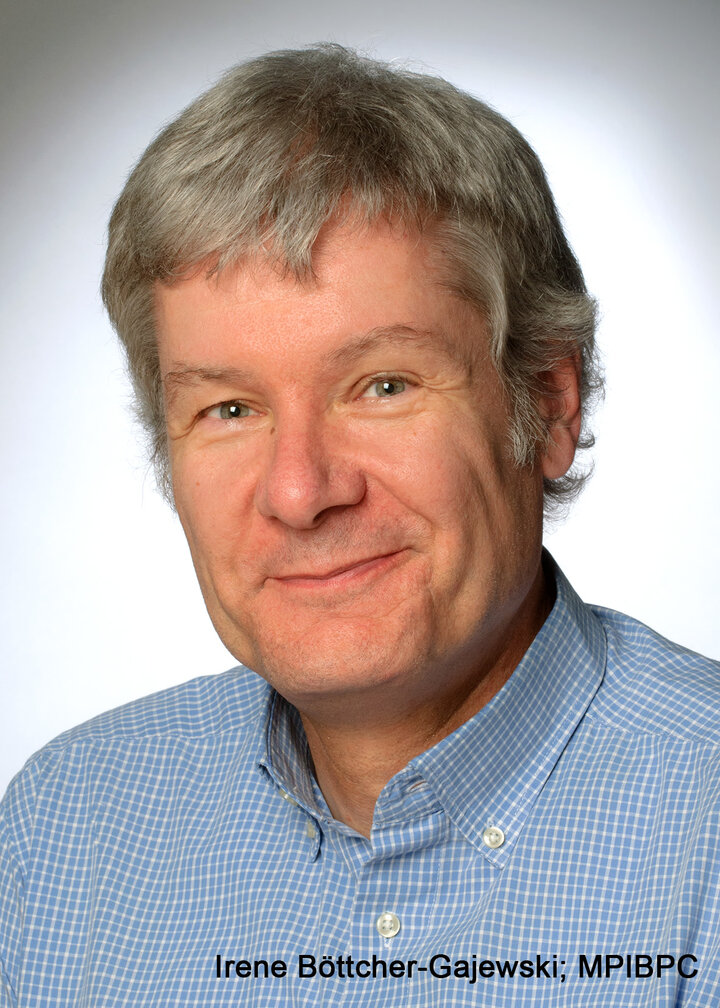
Ivo Feussner studied chemistry and graduated with Helmut Kindl working on lipid droplets in plants. After joining the groups of Claus Wasternack and Uwe Sonnewald, he is now a full professor for plant biochemistry in Göttingen, Germany. His expertise ranges from lipid-derived signaling connected to stress, lipidomics, lipid peroxidation processes, metabolic pathways as well as working on structure-function relationships of lipid metabolizing enzymes. He was named a fellow of the German National Academy of Sciences in 2022.
Synopsis:
The plant cuticle is a hydrophobic barrier, which seals the surface of above-ground organs. Its biosynthesis has been intensively studied in angiosperms, but knowledge in non-vascular plants is scarce. While in Arabidopsis thaliana alkanes are major constituents of the cuticle, in bryophytes primarily wax esters were found. Although bryophyte cuticles harbor similar compound classes as angiosperms, their biosynthesis seems not to be conserved. Our results suggest that the biosynthetic enzymes involved in primary alcohol and wax ester formation in land plants have either evolved multiple times independently or undergone pronounced radiation followed by the formation of lineage-specific toolkits.
Special Topic
James Letts
University of California, Davis
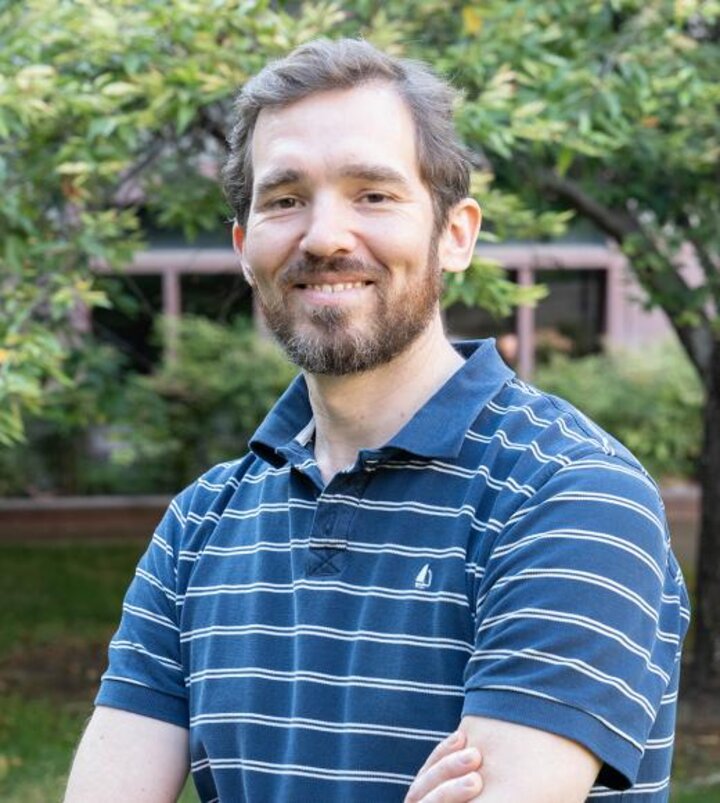
James Letts earned his Ph.D. in Biochemistry and Biophysics from Rockefeller University where he worked in the laboratory of Dr. Roderick Mackinnon on the human voltage-gated proton channel. He began his work on respiratory complexes a postdoctoral fellow in Dr. Leonid Sazanov’s group first at the Mitochondrial Biology Unit of the Medical Research Council in Cabridge UK and then at the Institute of Science and Technology Austria. As an associate professor at UC Davis in the Department of Molecular and Cellular Biology, his group combines single particle cryogenic electron microscopy and functional analysis to study mitochondrial electron transport chain complexes and supercomplexes from diverse organisms. The lab is pioneering a bottom-up structural proteomics approach to explore the biodiversity of the respiration across eukaryotes.
Synopsis:
The plant mitochondrial electron transport chain (mETC) is a core bioenergetic pathway important for plant health and biomass accumulation. The mETC is made up of four large membrane protein complexes that couple electron transfer reactions to proton pumping across the inner mitochondrial membrane. Due to the relatively low abundance of mitochondria in plants, biochemical and structural work on the plant mETC has lagged behind that of other organisms. Dr. Letts will present work examples from his lab that have overcome these challenges to produce some of the first structures plant mETC complexes and their higher order associations into supercomplexes.
Awards Talk
John Harwood
Cardiff University

John Harwood graduated from Birmingham University (England) with a B.Sc. (Medical Biochemistry) in 1966 and a Ph.D. (inositol lipids) in 1969. He was awarded a D.Sc. in 1979 for research achievements. After completing postdoctorates in Davis, California and Leeds University, he was appointed a lecturer in Cardiff in 1973, where he has served as head of research, deputy director and director of the School of Biosciences. He has published over 650 scientific publications including 5 authored and 15 edited books. He has served on committees for several learned societies, research councils and editorial boards. He has received a number of awards (including Phytochemical Society of Europe, Terry Galliard, Supelco/Pelick, Chevreul Medal, Morton Lecture, Stephen Chang) and has been elected a Fellow of several learned societies.
Synopsis:
The ISPL and its Awards
The idea for the ISPL began in 1973 when Paul Stumpf from the University of California, Davis visited the U.K. An informal meeting was arranged with researchers from Tony James’ group at Unilever, Colworth House. Conversation turned to holding an international symposium and Terry Galliard, who had worked with Stumpf, organized the first ISPL in Norwich in 1974. Following Terry’s death, his friend Jean-Claude Kader proposed a Terry Galliard medal and, later, the Paul Stumpf award was instigated for promising early career researchers.
Stumpf Award Lecture
Lucas Busta
University of Minnesota Duluth

Lucas Busta is an assistant professor at the University of Minnesota Duluth (UMD) in the Swenson College of Science and Engineering, Department of Chemistry and Biochemistry. He completed his undergraduate studies at UMD, earned a Ph.D. in chemistry from the University of British Columbia while working with Reinhard Jetter, then was a postdoctoral fellow at University of Nebraska mentored by Dr. Edgar B. Cahoon, sponsored by the National Science Foundation’s Plant Genome Research Program. He is fascinated by the unique chemistries that biological systems use to survive harsh environments. His research uses informatics to unite classical analytical chemistry with emerging high-throughput DNA sequencing technologies to understand the molecular structures and biosynthesis of plant chemicals, polymers, and composites. His goal is to use this approach to develop and apply new knowledge about chemical biology to sustaining and improving human life while protecting the planet.
Synopsis:
Specific plant lineages create thick layers of visible epicuticular surface crystals, referred to as wax blooms, which defend against environmental stress. Here, with help from citizen scientists and middle school students, we surveyed the wax bloom chemistry of 78 species spanning dicot, monocot, and gymnosperm lineages. Many genera produced fatty acid-derived wax blooms, but some, including Kalanchoe, generated triterpenoid-rich wax blooms. We built a phylogeny for 19 Kalanchoe species, assessed their wax chemistry, and sequenced multiple epidermis-specific transcriptomes from Kalanchoe. This presentation will integrate these data to shed light on triterpenoid wax bloom genesis with a focus on triterpenoid transport.
Galliard Medal Lecture
Xuemin (Sam) Wang
University of Missouri-St. Louis
Xuemin (Sam) Wang obtained his B.Sc. from Huazhong Agricultural University, M.Sc. from The Ohio State University, and Ph.D. from the University of Kentucky, followed by postdoctoral training at Louisiana State University. He joined Kansas State University as assistant professor in the Department of Biochemistry, rose to the rank of professor, and served as the founding director of the Kansas Lipidomics Research Center. Currently, Dr. Wang is Desmond Lee Endowed Professor of Plant Sciences in the University of Missouri-St. Louis and Member Principal Investigator at Donald Danforth Plant Science Center.
Phospholipases and Lipid-Mediated Signaling: Connecting Stress Cues to Physiological Responses for Crop Improvement
Synopsis:
We investigate how various phospholipases and derived lipid mediators function as molecular switches to modulate plant growth, development, and stress responses, and how lipid metabolic processes are regulated. Ongoing projects include determining the effect of lipid signaling on crop P use efficiency, unraveling molecular conduits interconnecting lipid metabolism and the circadian clock, and elucidating the role of phospholipases and lipid modulation in reproductive architectures and haploid seed production in cereal crops. Advances in understanding lipid-mediated signaling and phospholipases have potential for new strategies to improve crop nutrient use efficiency, lipid production, and resilience to stress and changing environments.
Session 7: Lipid signaling: molecules, metabolism, mechanisms
Amélie Bernard
Centre National de la Recherche Scientifique
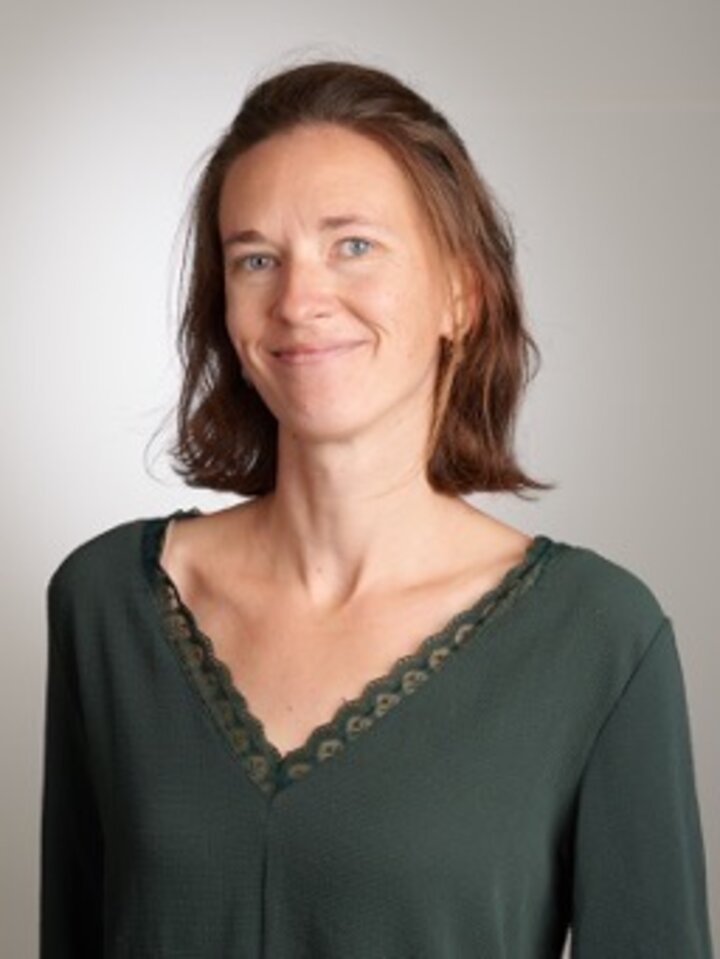
Amélie Bernard obtained her Ph.D. in 2011 during which she worked on the synthesis of cuticular lipids (Laboratory of Membrane Biogenesis, Bordeaux, France). During her postdoc she started studying autophagy by examining the regulation of autophagy-related genes in yeast (2012-2016; Laboratory of Daniel Klionsky, LSI, University of Michigan, Ann Arbor, USA). In 2016, A. Bernard joined the CNRS as an independent researcher in the Laboratory of Membrane Biogenesis. Her team studies the interrelation between lipids and autophagy to resolve the molecular bases of this critical process for plant acclimation to environmental stresses. In 2020 A. Bernard obtained an ERC starting grant for her project ‘LIP-ATG’. In 2023 she was awarded the CNRS Bronze Medal.
Lipid/protein interplay in membrane formation and remodeling during plant autophagy
Synopsis:
Autophagy is an intracellular degradation process essential for plants tolerance to environmental changes. During autophagy, portions of the cells are sequestered by a growing membrane which ultimately forms a specialized vesicle prior to cargo delivery to the lytic vacuole. To resolve this orchestrated series of membrane remodeling events, we recently established the molecular footprint of autophagy compartments, unravelling its singularity and providing targets for structural and functional studies. Notably, the characterization of atypical phospholipases now shades light on the mechanism by which autophagy vesicles are disrupted to ensure cargo liberation at the antepenultimate step of the autophagy pathway.
Session 8: Triacylglycerol: metabolism, biosynthetic regulation, and storage
Till Ischenbeck
University of Münster

Till Ischebeck has been working in the plant lipid field since joining Peter Dorman’s lab as an undergraduate student in 2002. Since then, he has worked for John Shanklin, Ingo Heilmann and Ivo Feussner with station in the Max-Plank-Institute in Golm, the Brookhaven National Laboratory, the Universities of Göttingen and Vienna before being appointed as associate professor at the University of Münster. During this time, he has worked on phytol and fatty acid metabolism and lipid signaling before focusing his work on lipid droplets. He applies a mixture of proteomics, lipidomics, cell biology and biochemistry to elucidate the role of lipid droplets across tissues and species.
Synopsis:
Plant lipid droplets are organelles surrounded by a phospholipid monolayer that stores hydrophobic compounds such as triacylglycerols but also secondary metabolites. In addition, proteins are associated with lipid droplets. One protein family is a family of triacylglycerol lipases. We study by molecular dynamics simulations how this lipase family might bind to the monolayer. Furthermore, we could show that these lipases are not involved in triacyl breakdown in seedlings but are important for the synthesis of oxylipin-derived volatiles in Arabidopsis. Furthermore, this protein family might be involved in the degradation of triacylglycerol in Physcomitrium patens spores.
Session 9: Plant lipids in abiotic and biotic stress resilience
Rebecca Roston
University of Nebraska-Lincoln
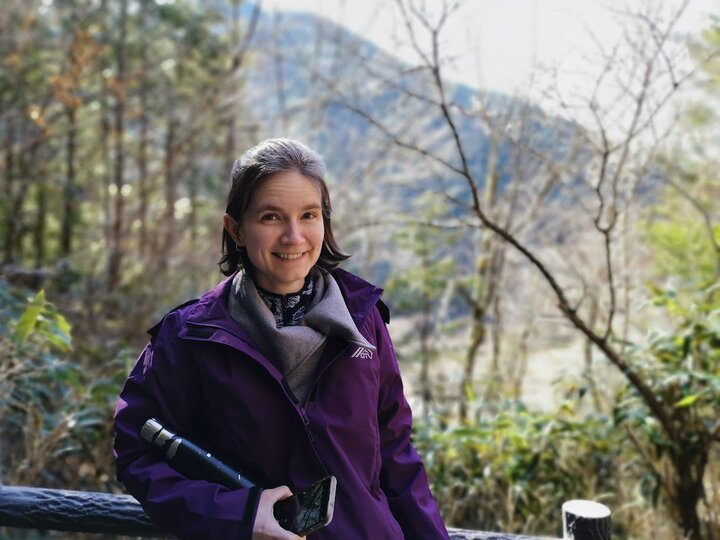
Rebecca Roston is a plant biochemist and associate professor at the University of Nebraska-Lincoln where she also helps direct the Center for Plant Science Innovation. She earned her B.S. in 2003 and her Ph.D. in 2009, both from the University of California, Davis, where she focused on chloroplast protein targeting under the guidance of Kentaro Inoue. From 2009 to 2014, she was a postdoctoral researcher at Michigan State University with Christoph Benning, specializing in plant lipid metabolism and transport. At UNL, her team researches plant membranes and their ability to tolerate stress, grow, develop, and enhance photosynthetic yield. They couple membrane lipid analysis with plant physiology measurements and add standard biological fractionation and molecular biology techniques to determine lipid changes needed for development and stress tolerance and the molecular mechanisms through which they occur. New directions include contributing to our understanding of how redox homeostasis affects stress tolerance and stress tolerance engineering.
Synopsis:
Low temperatures challenge plants, restricting their distribution and causing agricultural losses. Maintaining functional membranes is crucial for cold tolerance, and lipid distribution in membranes is highly temperature-sensitive. The mechanisms by which plants translate low temperatures into membrane remodeling are not fully understood. This talk describes two investigations: the differential responses of TAG acyltransferase family members to specific temperature regimens and the identification of kinases that fine-tune the activity level of SENSITIVE TO FREEZING 2 (SFR2), a key enzyme for chloroplast membrane remodeling, in response to cold.
Session 10: Lipid biotechnology: oilseeds, algae, vegetative organs, emerging platforms
Laura Wayne
Corteva Agriscience

Laura Wayne is the seed composition discovery leader at Corteva Agriscience, in Johnston, Iowa. She leads a team of scientists within R&D Trait Discovery researching ways to increase oil and enhance seed composition. Her overall research interest is in understanding the underlying mechanisms of plant metabolism to develop useful products from plants, providing food, fuel, and sustainable feedstocks for our growing population. Laura received her Ph.D. in molecular plant science from Washington State University in Pullman, Washington, and a B.S. with honors in biotechnology from the State University of New York College of Environmental Science and Forestry (SUNY-ESF) in Syracuse, New York.
Increasing Oil in Soybean
Synopsis:
To increase total oil in soybean seeds, modifications in the diacylglycerol acyltransferase (DGAT) enzyme were examined in model systems and then transgenically overexpressed in soybean. Over-expression of DGAT1b with three amino acid substitutions results in increases in total oil and protein from multi-location field testing. In addition to amino acid substitutions in DGAT1b, a strong promoter is needed to drive high oil accumulation. Two DGAT1b variants were selected for insertion into soybean via CRISPR-Cas9 editing.